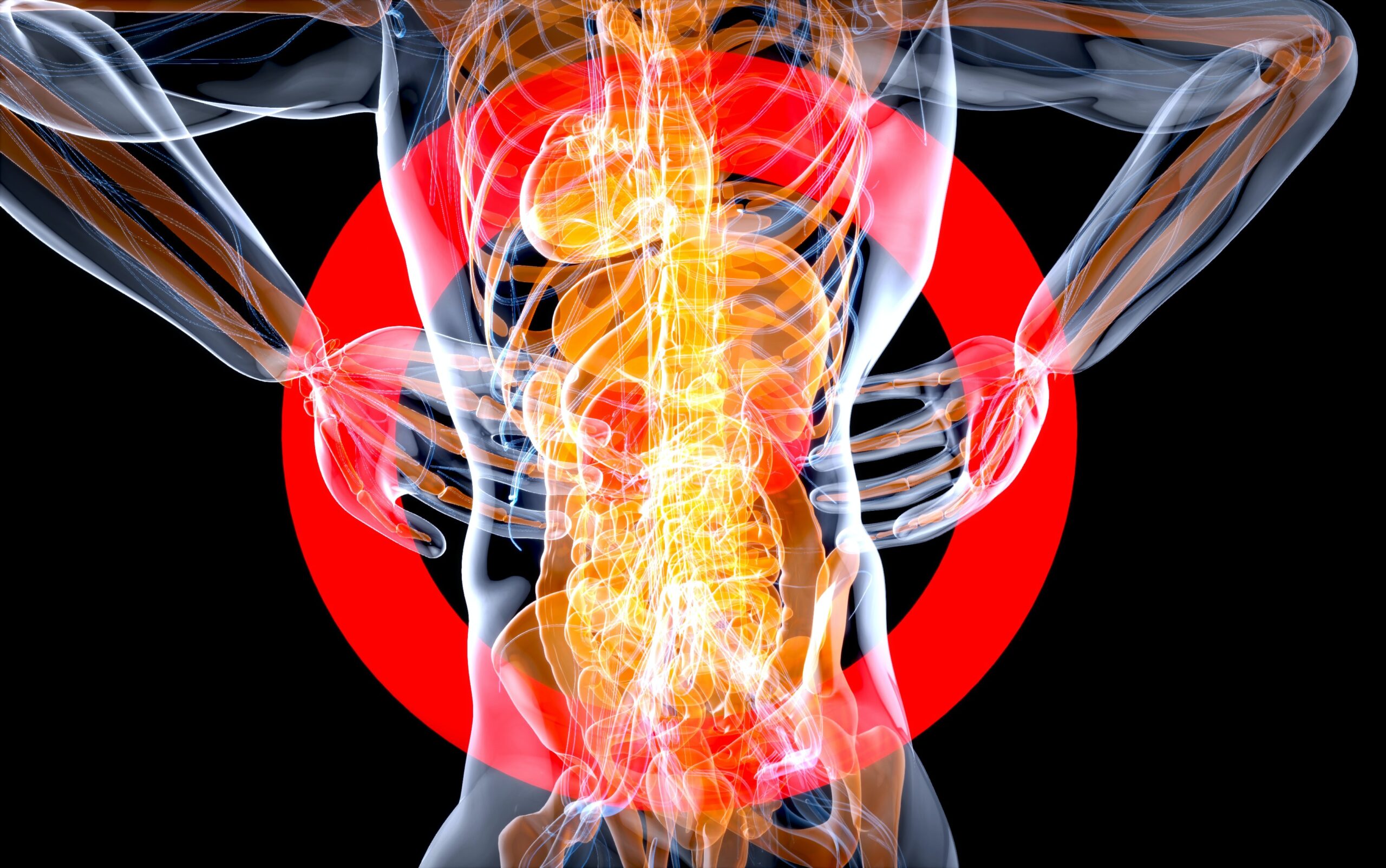The most common renal cell tumor in adults is renal cell carcinoma and they mainly arise from the part of the kidney called as proximal tubular epithelium which is the lining cell layer of a very small tubule in the kidney.
Stages of Renal Cell Carcinoma

The most important step of treatment is early diagnosis and intervention to avoid the spread of cancer. There are four stages according to the size and spread of cancer.
- Stage 1 – Cancer is confined to the kidney while the tumor is equal to or smaller than 7 cm.
- Stage 2 – Cancer is confined to the kidney while the tumor is larger than 7 cm.
- Stage 3 – Cancer has spread to a lymph node, fatty tissue, or blood vessels near the kidney.
- Stage 4 – Cancer has spread to the adrenal gland which is the gland situated on top of the kidney or some other organ that is away distance from the kidney.
Survival rates of the cancer are higher if it is diagnosed in the early stages before it spreads away from the kidney. Removal of cancer and treatment is more successful when diagnosed in early stages as in stage 1 or 2.
Causes for Renal Cell Carcinoma
The exact cause of renal cell carcinomas is not known, but the following causes are supposed to increase the risk.
- Smoking
- Obesity
- Continues dialysis treatment
- Family history of carcinoma with the genetic predisposition
- High blood pressure
- Structural abnormalities of the kidney as horseshoe kidney
- Long-term use of certain medicines, such as pain pills or water pills (diuretics)
- Polycystic kidney disease
Signs and Symptoms
Most patients are asymptomatic.
Some may present with
- Blood in the urine (hematuria)
- Loin pain
- Mass in the flank region
- Weight loss
- Loss of appetite
- Malaise or fatiguability
- Increased blood pressure
- Mild on-and-off fever
- Abdominal pain and back pain
- Swelling of the veins around the testicle due to obstruction caused by malignant tumors
- Paleness in skin
- Excessive hair growth in women
- Vision problems
Complications
- High blood pressure (hypertension)
- Increased levels of calcium in the blood
- Increased amounts or reduced amounts of red blood cell count
- Spread of cancer to other parts of the body
Diagnosis
Mainly the diagnosis is made using imaging studies such as ultrasound, CT/ MRI, and blood investigations such as ESR and liver profile. Finally, a biopsy will be done to confirm the diagnosis and stage of cancer.
Management
- Surgery is the first line of treatment for renal cell carcinoma as no cure can be achieved without the removal of the cancer cells from the body.
- Complete or partial removal of the kidney called nephrectomy is the main surgery used in the treatment of this cancer and this can include removal of the bladder, surrounding tissues, or lymph nodes as well.
- Radiation therapy and cryoablation therapy can be used if cancer spreads to other parts of the body away from the kidneys.
Prevention of Renal Cell Carcinoma
- It is important to contact a medical doctor if any of the above-mentioned symptoms occur as due to the non-specificity of the symptoms they are being ignored for a long time and when most of the cancers are diagnosed, they are in later stages with lesser prognosis.
- Stop smoking and maintain a good BMI with adequate physical exercise.
- If you are a patient on regular dialysis, it is important to contact a medical officer and get the dialysis done with proper precautions and test for any symptoms of cancer to diagnose it in its early stages.
References
- Kumar and Clerk’s Clinical Medicine -8th Edition- Parveen Kumar, Michael Clark
- Oxford Handbook of Clinical Medicine – 10th Edition

